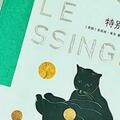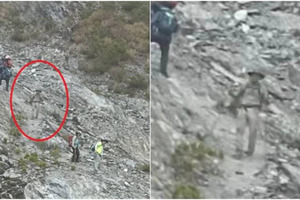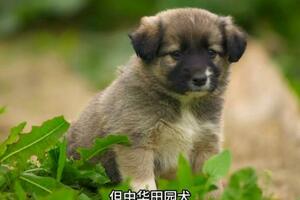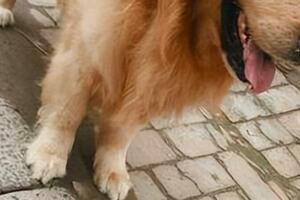憨態可掬的大熊貓一直受到世界各地粉絲的喜愛。小編最近去了兩次中國大熊貓保護與研究中心位於四川的大熊貓基地,在那裡和大熊貓飼養員、專家們進行了深入的交流。
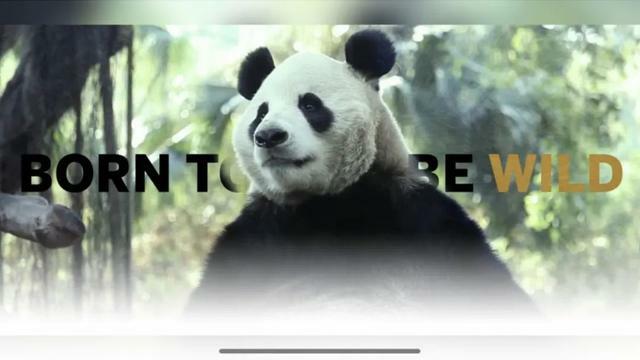
兩次熊貓之行,小編最大收穫有兩點——大熊貓並不是像平時人們認識的一樣,只有可愛、呆萌的一面,成年體重超過100公斤的大熊貓,其實是標準的野獸;保護大熊貓的工作取得了卓越的成效,圈養大熊貓的數量保護已經不是最主要的課題了,而野生大熊貓的棲息地保護、大熊貓種群的基因多樣性保護、圈養與野生大熊貓之間的基因交流等,都是科學家們正在攻克的課題。
那麼,作為大熊貓喜愛者的我們,是不是了解以下這幾條和大熊貓相關的知識呢?
❶ 野生大熊貓其實是標準的野獸,它的咬合能力很強,在熊類中僅次於北極熊。吃竹子這個動作看起來很簡單,但是如果親自拿一節竹子試試就會知道,竹子是非常硬的,它嫻熟的吃竹子動作恰恰證明了它有鋒利的牙齒和超強的咬合能力;
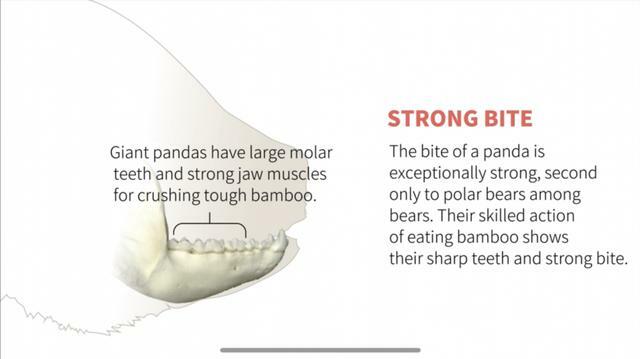
The bite of a giant panda is exceptionally strong, second only to polar bears among bears. The action of eating bamboo may look basic, but bamboo is an extremely hard and dense material. Their bamboo eating skills demonstrate their sharp teeth and strong bite.
❷ 大熊貓一天有一半左右的時間要用來睡覺,另外一半就基本都在吃,一隻成年大熊貓一天大概可以吃掉30公斤左右的竹子。但是它們並不是白天吃,晚上睡覺,而是吃兩個小時,就休息兩個小時,它們剛好在睡覺的時候把竹子消化一下。
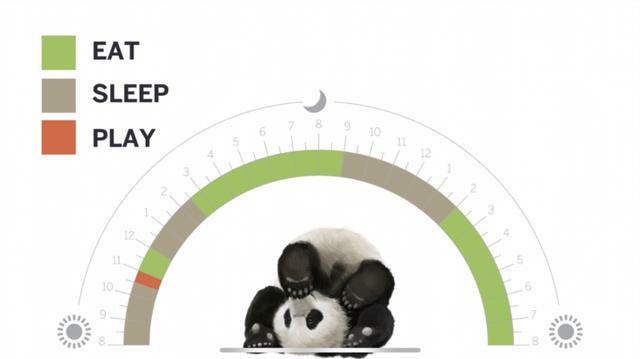
Giant Pandas sleep for about half the day and spend the other half eating. An adult giant panda can eat about 30 kilograms of bamboo a day. They tend to eat for a couple of hours and then rest for a couple of hours, digesting the bamboo while they sleep.
❸ 熊貓是個「直腸子」,根據吃下去的竹子、竹筍、竹葉等食物不同,排泄的便便也會不同。成年熊貓吃了竹子,便便是黃色的,能看到清晰的竹子纖維;如果吃了大量竹葉,便便就會呈現深綠色;而如果是竹筍吃多了,便便會細膩很多;熊貓寶寶喝奶的時候,便便的形態則會和人類的比較接近。
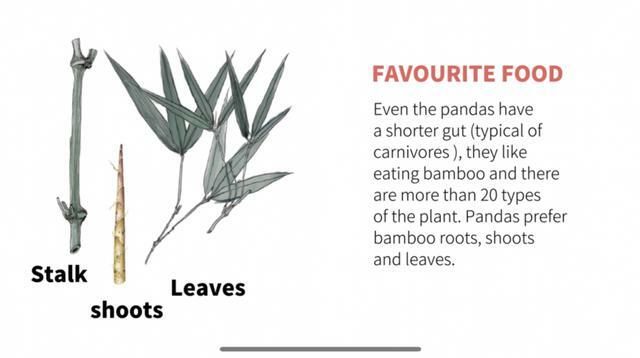
Depending on the food they eat, such as bamboo, bamboo shoots and bamboo leaves, their excrement differs. The excrement of an adult panda that has eaten bamboo will be yellow with clear bamboo fibers in it. If they eat a lot of bamboo leaves, their feces will be dark green. If they eat a lot of bamboo shoots, their feces will be smoother. When baby pandas drink milk, their feces look similar to that of a human.
❹ 大熊貓是爬樹高手,但是它們爬樹的方式和猴子不一樣——猴子是用手腳抱著樹幹攀爬,但是大熊貓要把自己的爪子插到樹幹里,把身體掛在樹上,才能向上爬,這大概是因為他們的體重太重了,但是手又沒有那麼靈巧的原因。不過這恰恰證明了,大熊貓的爪子十分鋒利、有力。
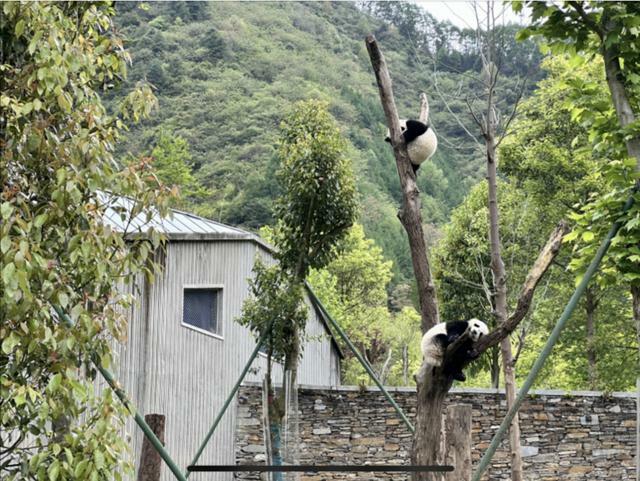
Giant pandas are experts at climbing trees, but their way of climbing is different from that of monkeys. Monkeys climb by holding onto the tree trunk with their hands and feet, but giant pandas drive their claws into the trunk and hang their bodies on the tree in order to climb up. This is likely because their weight is too heavy and hands not as agile as that of monkeys. This climbing style requires giant pandas』 claws to be extremely strong.
❺ 大熊貓幼崽喜歡在樹上或高處平台上睡覺,因為這讓他們覺得安全。在野外,大熊貓幼崽是有天敵的,比如野豬。為了躲避天敵的威脅,它們睡覺的時候,更傾向於爬到高處。但大概兩歲以後,大熊貓就可以長到100公斤以上,體型巨大,在野外也就幾乎沒有天敵了。
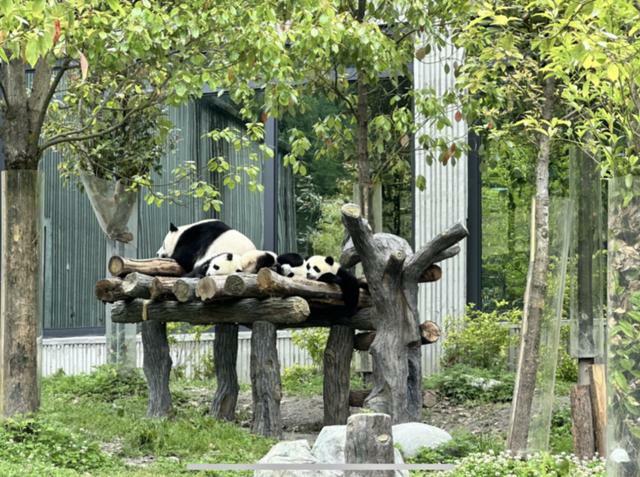
Giant panda cubs like to sleep in trees or on high platforms because it makes them feel safe. In the wild, panda cubs have natural enemies, such as wild boars. To avoid the threats of their predators, they tend to climb to higher ground when they sleep. After reaching the age of about two, a giant panda will have grown to more than 100 kilograms, meaning they have very few natural enemies in the wild.
❻ 大熊貓一胎一般只能生1-2個寶寶,單胎和雙胎的比例大概1:1,多胎的情況也有,但是很少見。但是,由於大熊貓上肢比較短,很難同時抱起兩隻幼崽來餵奶;遇到危險的時候,大熊貓只能叼起幼崽來轉移,通常一次也只能轉移一隻。因此,在野外,大熊貓媽媽一般只能哺育一隻幼崽。在飼養中心工作人員的幫助下,不管是雙胎還是多胎的大熊貓寶寶,都可以存活下來。
Generally, giant pandas only give birth to one or two babies at a time, and the proportion of single and twin births is about half and half. There are cases of multiple births, but they are rare. Because pandas have relatively short forelimbs, it's difficult for them to nurse two cubs simultaneously. Faced with danger, mother pandas can only carry one cub at a time, therefore, in the wild, panda mothers can only nurse one cub at a time. With the help of staff at breeding centers, whether there are twin or multiple babies, all panda cubs can be nursed.
❼ 大熊貓是「六指兒」。和人類不一樣的是,它們的大拇指不能活動,其他五個手指頭並列排開,所以如果你觀察大熊貓拿竹子的樣子,它們是用五根手指頭攥著竹子,卡在大拇指上。所以,這個動作看起來有點笨拙,為動物園裡的大熊貓增加了一分可愛。
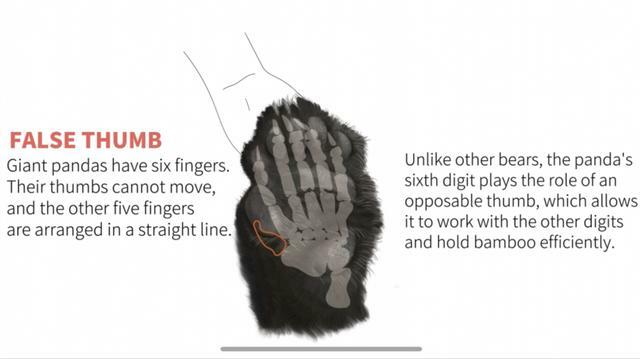
Giant pandas have six fingers. Unlike humans, their thumbs cannot move, and the other five fingers are arranged in a straight line. So if you observe pandas holding bamboo, they use their five fingers to grip and their thumb as a hook.
❽ 大熊貓的尾巴是黑色的。如果你仔細觀察,有些熊貓玩具的尾巴是白色,有一些是黑色的,但事實上,大熊貓的尾巴應該是黑色的。大熊貓一般都是黑白兩色,他們的耳朵、眼睛周圍、肩帶、四肢、尾巴是黑色的,通常,這些黑色部位的形狀,可以作為分辨個體的依據。
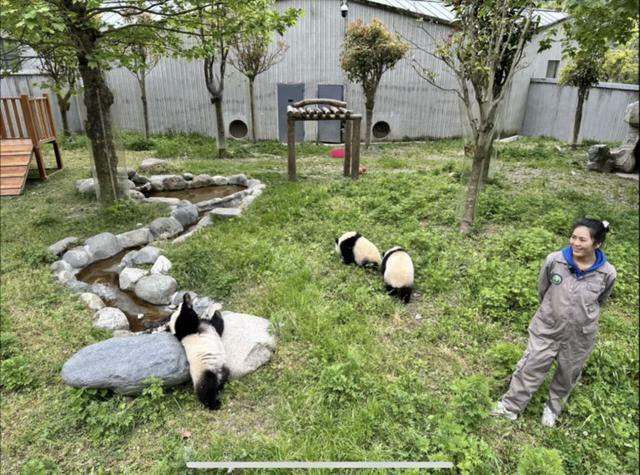
Giant pandas』 tails are always black. Pandas are generally black and white, and their ears, eyes, shoulders, limbs and tails are black. The shapes of the black parts are often used to distinguish individuals.
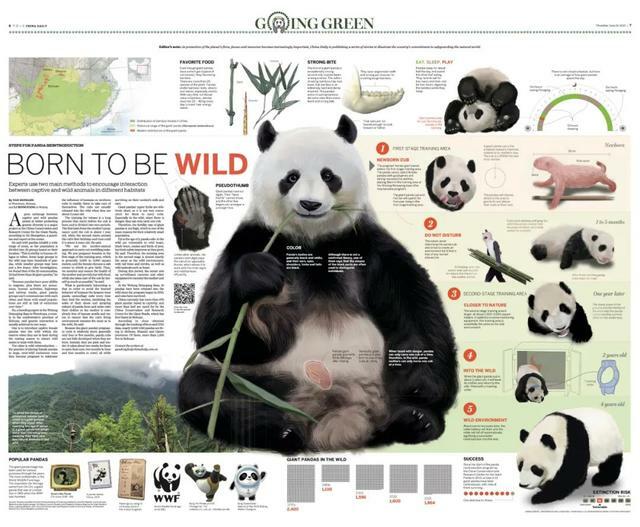
記者:閆東潔
China Daily精讀計劃來了!
每天20分鐘,
帶你學英語,看世界!








